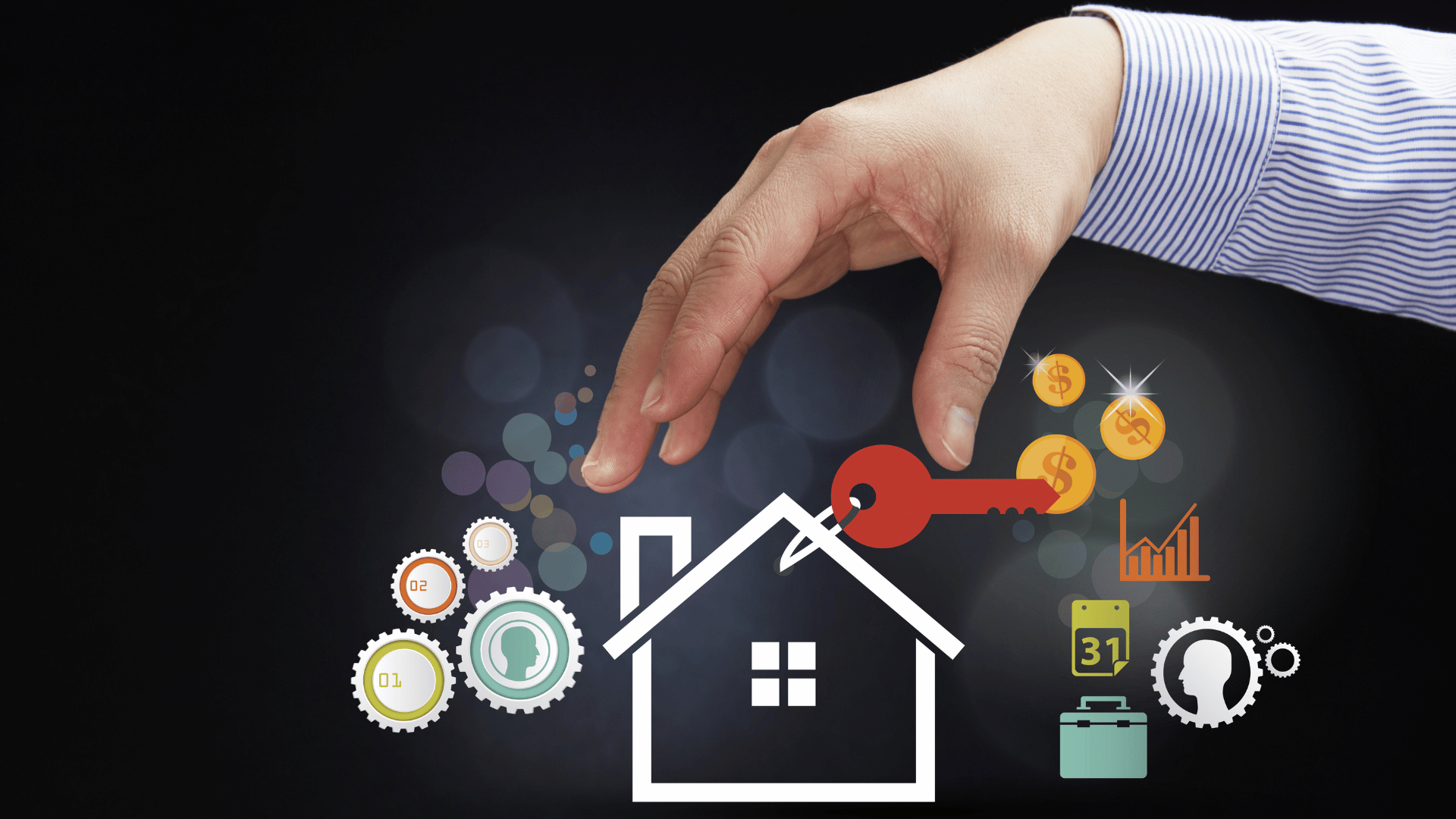What are the trends in real estate in 2023? As the year 2023 comes to an end, it's time to take a look at the key highlights that shaped the real estate industry throughout the year.
As we bid farewell to 2023, it's crucial to reflect on major shifts in the dynamic landscape of the Philippine real estate market that have shaped the industry over the past year. The year has been marked by resilience, innovation, and adaptation as the sector responded to the ever-changing demands of a post-pandemic world. Today, we delve into what the trends are in real estate in 2023 and what the highlights and trends are that are defined in the real estate market in the Philippines in 2023.
1. Digital Transformation in Real Estate:
One of the most significant trends witnessed in the housing market in 2023 is the accelerated integration of technology into the real estate sector. The adoption of digital tools and platforms by real estate investment trusts has streamlined various processes of the home buying process, from property searches to home listings to transactions and home purchases. Virtual property tours, augmented reality applications, and online property management platforms have become integral components of the real estate ecosystem, catering to the changing preferences of both buyers and home sellers everywhere. The shift towards digitalization in current real estate trends has not only enhanced efficiency and home values but has also opened new avenues for real estate professionals to connect with clients in a rapidly evolving market.
2. Sustainable and Eco-Friendly Developments:
Sustainability emerged as a key driver in the Philippine real estate market, with developers and property owners in big cities increasingly incorporating eco-friendly practices into their projects. Green building certifications, energy-efficient designs, new housing construction everywhere, and the use of renewable materials became more prevalent as environmental consciousness took center stage in urban development.
Homebuyers exhibited a growing preference for sustainable features in new construction, recognizing the long-term benefits of energy-efficient homes. Developers responded to this by integrating green spaces, rooftop gardens, and rainwater harvesting systems into their projects. As the demand for eco-friendly living options among home buyers continues to rise, the current market move for sustainable real estate is expected to remain a driving force in the real estate markets for years to come.
3. Rise of Co-Living Spaces and Flexible Workspaces:
The way people live and work underwent a significant transformation in 2023, influencing real estate investment trends and rising interest rates, mortgage rates, and property prices in major cities. The rise of remote work fueled the demand for flexible living arrangements and co-working spaces. Co-living developments, or office buildings equipped with communal areas, flexible lease terms, and modern amenities, gained popularity among young professionals and digital nomads.
Real estate developers adapted to this shift by incorporating co-living spaces within residential complexes and offering flexible leasing options for rental properties. The convergence of living and working environments reflected the changing lifestyle preferences of the workforce, and real estate agents, fund managers, and developers who recognized this trend positioned themselves strategically in the current housing market up front.
4. Regional Development Beyond Metro Manila:
While Metro Manila remains a focal point for real estate activities, 2023 witnessed a notable shift towards regional development. Cities and provinces outside the capital have experienced increased investment and development, driven by factors such as improved infrastructure, decentralization efforts, the economic downturn, and the pursuit of more sustainable living options. As businesses and industries decentralize to rural areas, the demand for housing supply and strong buyer demand for real estate in regional hubs have risen, presenting new opportunities for developers and real estate investors everywhere. This trend has the potential to create more balanced economic and population growth, generate income and housing shortages, and alleviate congestion in metropolitan areas.
5. Flexible Workspaces and Home Designs:
The ongoing transformation in work dynamics has had a profound impact on commercial real estate, multifamily housing, the home process, and home sales trends. With remote work becoming more prevalent, there has been a surge in demand for homes that double as functional workspaces. Developers are adapting to this shift by incorporating flexible designs that accommodate home offices, ergonomic spaces, and communal areas conducive to remote work. The increasing demand for properties with versatile layouts and adaptable spaces reflects the changing lifestyle needs of the modern Filipino workforce.
6. Affordable Housing Initiatives:
Addressing the empty housing stock and affordability challenge remained a priority in 2023, as the government and private sector collaborated on initiatives to further home supply and make homeownership more accessible. Affordable housing projects, backed by flexible financing options and government incentives, aim to bridge the gap between supply and demand in the housing market.
The implementation of inclusive housing policies and the expansion of socialized housing programs contributed to a more inclusive real estate landscape. Developers sought innovative ways to reduce construction costs without compromising quality, ensuring that a wider demographic could participate in the homeownership journey.
7. Luxury Developments and High-End Condos:
Despite home prices and the emphasis on the housing affordability crisis, luxury developments have maintained their appeal, particularly in prime locations. High-end condominiums like The Imperium at Capitol Commons showcase opulent living spaces, state-of-the-art amenities, and breathtaking views, catering to a discerning clientele seeking exclusivity and prestige in home prices.
8. Government Initiatives and Infrastructure Development:
Government initiatives and infrastructure development projects have significantly influenced the real estate market. The "Build, Build, Build" program has spurred growth in areas benefiting from improved connectivity, such as the Clark Freeport Zone. The New Clark City development, for instance, reflects the government's commitment to creating sustainable urban centers and driving economic growth.
The real estate industry landscape in the Philippines in 2023 will reflect a combination of resilience, adaptability, and innovation. The digital transformation, sustainability initiatives, regional development, flexible workspaces, and affordable housing efforts have emerged as defining trends, shaping the real estate industry's trajectory for the foreseeable future. As the country navigates the complexities of a rapidly changing global environment, the real estate sector continues to play a pivotal role in fostering economic growth, societal development, and meeting the evolving needs of the Filipino population. The trends observed in real estate prices rising and interest rates and mortgage rates falling in 2023 lay the foundation for a dynamic and promising future for the Philippine real estate market.










